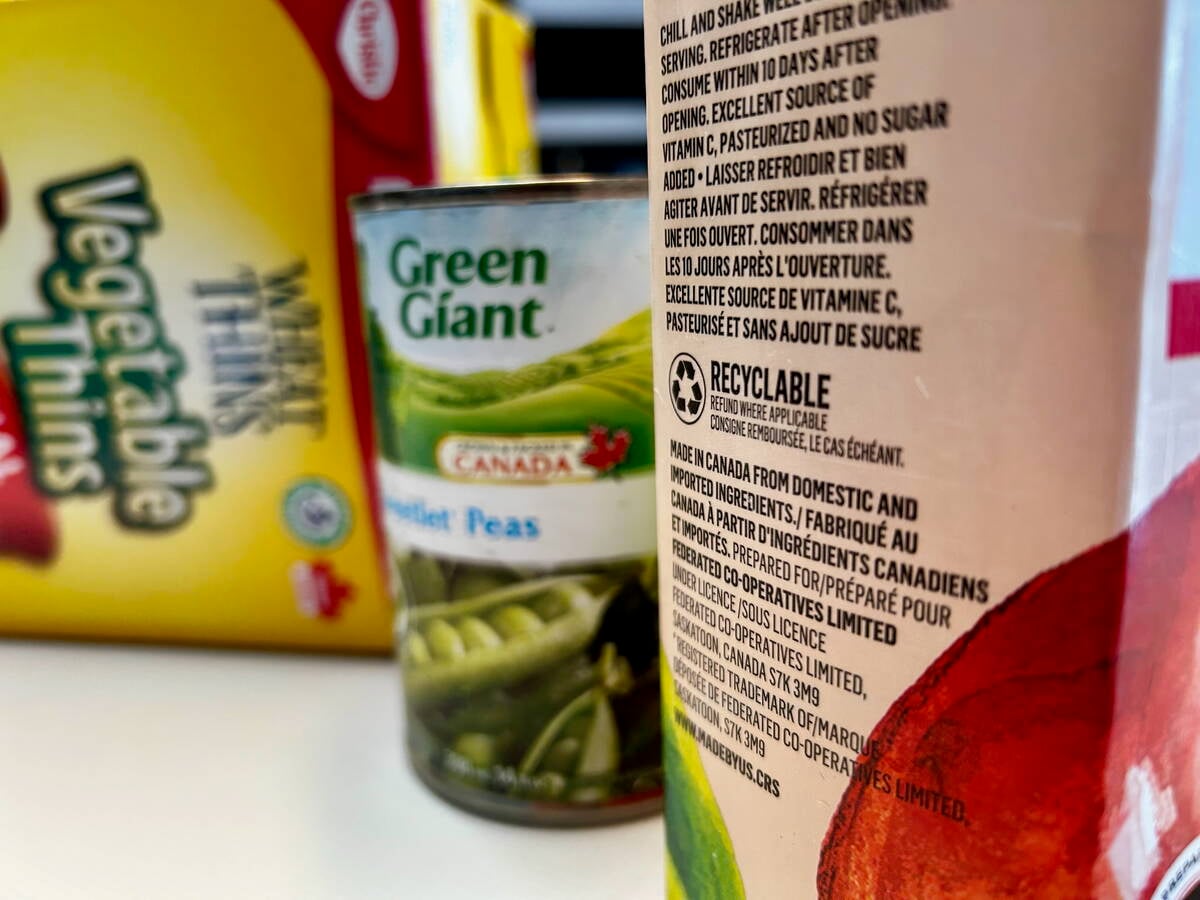Inattention, indifference and inaction are no longer options for those in agriculture with regard to U.S. foreign policy.
Free trade has remained a key, philosophical driver for U.S. feed grains for decades, benefiting corn, barley and sorghum growers — among many other commodities. Now, agriculture must answer the call to defend trade and the rewards reaped from free trade-driven policies.
Simply put: When trade works, everyone wins. Exports of feed grains in all forms to the 20 countries with which the United States has a free trade agreement have increased by nearly 24 per cent over the last 10 marketing years, according to U.S. Department of Agriculture (USDA) trade data.
Read Also

Unclear food labels hinder Canada’s ‘buy local’ surge
“Maple-washing” on Canadian food packaging makes label claims hard to keep straight and hurts both farmers and consumers trying to buy Canadian, economist says.
Free trade agreement partners now represent 49 per cent of total U.S. exports of feed grains in all forms.
In no other case has the benefit of open trade been more apparent than in our relationship with Canada and Mexico through the North American Free Trade Agreement (NAFTA).
NAFTA provided the trade policy underpinnings that resulted in the most efficient and effective interregional grain and livestock value chain in the world.
The provisions in NAFTA complement the natural geographic advantages of close proximity. As a result, agricultural trade between the United States, Canada and Mexico occur duty free, and trade has grown increasingly more integrated.
Mexico was the largest export market for U.S. corn in the last full marketing year, purchasing 13.3 million tons (524.4 million bushels), in addition to 606,127 tons (23.86 million bushels) of sorghum, 115,000 tons (5.3 million bushels) of barley and 1.9 million tons of distillers dried grains with solubles (DDGS).
Our trade agreements have also been a good deal for our trading partners who have invested significantly in expanding their own feed, livestock and transportation industries while relying on the U.S. coarse grains industry.
This cycle of increasing sales and then expanding operations results in even more demand for U.S. feed grains and co-products. And as existing end-users advance to more sophisticated buyers, the council can expand efforts to assist underdeveloped sectors like conducting DDGS trials with livestock producers in northeastern Mexico. This overall effect is a win-win scenario on both sides of the border.
At the same time, the basic tenets of free trade are now up for debate in the United States. The upheaval of this philosophy is forcing U.S. agriculture into a defensive mode. We all must engage to help achieve conclusions in our trade negotiations that provide us and our customer’s long-term certainty and create a new platform for growth and integration.
Of course, modernizing or examining the provisions within trade agreements is good business. But we must recognize agriculture is a traditional target for retaliation in trade disruptions, a clear and present danger. “Do no harm” for U.S. feed grains and co-products means avoiding these retaliatory measures at all costs.
As a result, members of the grain and feed industries must monitor trade policy negotiations in any sector with a careful eye. Farmers, members of the agriculture supply chain and negotiators alike must understand how important our markets — and trade — are to agriculture’s profitability.
While we defend and demonstrate the mutually beneficial trading relationships we have built to domestic audiences, our competitors are making their own good deals and eroding our competitive advantages.
Our largest and most loyal customers are at risk of taking their business elsewhere.
We are no longer the only option for world grain demand. As a result, it is up to all of us in U.S. agriculture to make sure trade liberalization continues at all levels, lest we no longer will be the ones in the race, let alone winning.
We in agriculture cannot afford to stay humble, silent observers. All of us are needed to send a strong message to our customers and our competitors that the United States is in the global marketplace to stay.
The U.S. grains sector has significantly benefited from more liberalized trade in the past 30 years, and expanding access to export markets will continue to drive the success of American agriculture for years to come.
Tom Sleight is president and chief executive officer (CEO) of the U.S. Grains Council.















